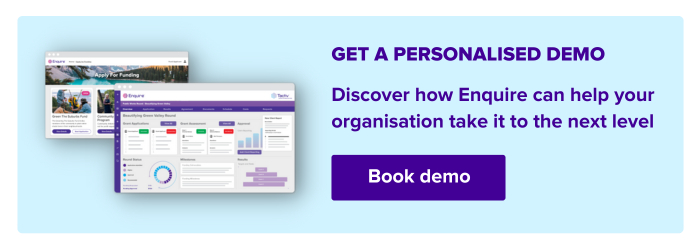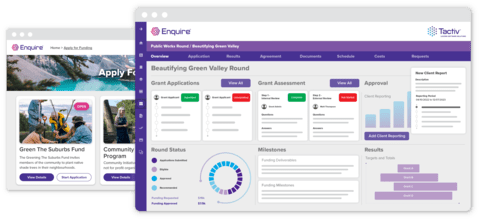Key takeaways
- Scholarship software streamlines the scholarship management process, saving time for administrators.
- It automates repetitive tasks like application collection, review processes, and payment processing.
- The software centralises data and integrates with existing systems for efficiency and accuracy.
- Real-time dashboards and reporting provide quick access to insights, eliminating manual report generation.
- By automating these processes, scholarship software frees up time for administrators to focus on more strategic and impactful tasks.
What is scholarship software?
By definition, scholarship software is a tool designed to streamline the management of scholarships. It simplifies tasks like application collection, applicant tracking, eligibility verification, and award distribution. Organisations such as corporates, educational institutions, non-profits, and government agencies use it to automate processes, enhance applicant experiences, and ensure compliance with criteria and deadlines.
Unlike generic project management tools, CRM systems, or legacy solutions, it offers specialised features designed specifically for scholarships. It transforms scattered processes into smooth, automated workflows. Everything – from application management to payments to alumni tracking – happens in one place. This streamlined approach turns hours of manual work into minutes.
5 ways scholarship software can help save time for organisations
While there are umpteen benefits of scholarship software, the ability to save time stands out as its most valuable advantage. Here’s a closer look at how it can help:
Publish and collect applications seamlessly
Modern scholarship management systems are cloud-based and turn the application chaos into a streamlined experience that practically runs itself.
The system automatically checks for completion and sends notifications for outstanding tasks. No more frantic searches through inbox folders, wrestling through email attachments, or piecing together scattered PDFs.
With configurable online forms and templates, you can shorten the application process. Consequently, this improves completion rates while applicants submit everything through a single, user-friendly portal.
According to our internal data, automated check-ins alone can save up to 10-20 hours a week for organisations— a view echoed by Madeline Harding, Scholarships Manager at Busy At Work—a not-for-profit organisation that runs six different scholarship programs.
“Having Enquire for our daily operations has meant that we’ve been able to free up a lot of what have previously been manual laden tasks. We are saving up to 10 hours a week, which has freed up a lot of time for our team to be able to work on more meaningful tasks”
Streamline collaborative review processes
Remember those long email threads and conflicting feedback that used to slow down your review process? Not anymore.
With the right scholarship software, you can transform this into a smooth, coordinated effort powered by customisable assessment workflows. Your review team—both internal and external members—gets a shared digital workspace where they can access applications and evaluate candidates based on their specific roles and permissions.
“Application KPI with the previous program provider was 60 days. With Enquire, our KPI is 10 days, and our average process time is 5 days.”—Madeline Harding, Scholarship Manager at Busy at Work
Configure multiple review stages with weighted scoring criteria to ensure thorough, consistent evaluations across your committee. Built-in capabilities ensure consistent evaluation, while automated task assignments keep the process moving forward.
The best part? A process that once consumed your entire team’s week now runs effortlessly in the background, giving everyone more time to focus on making the best selection decisions.
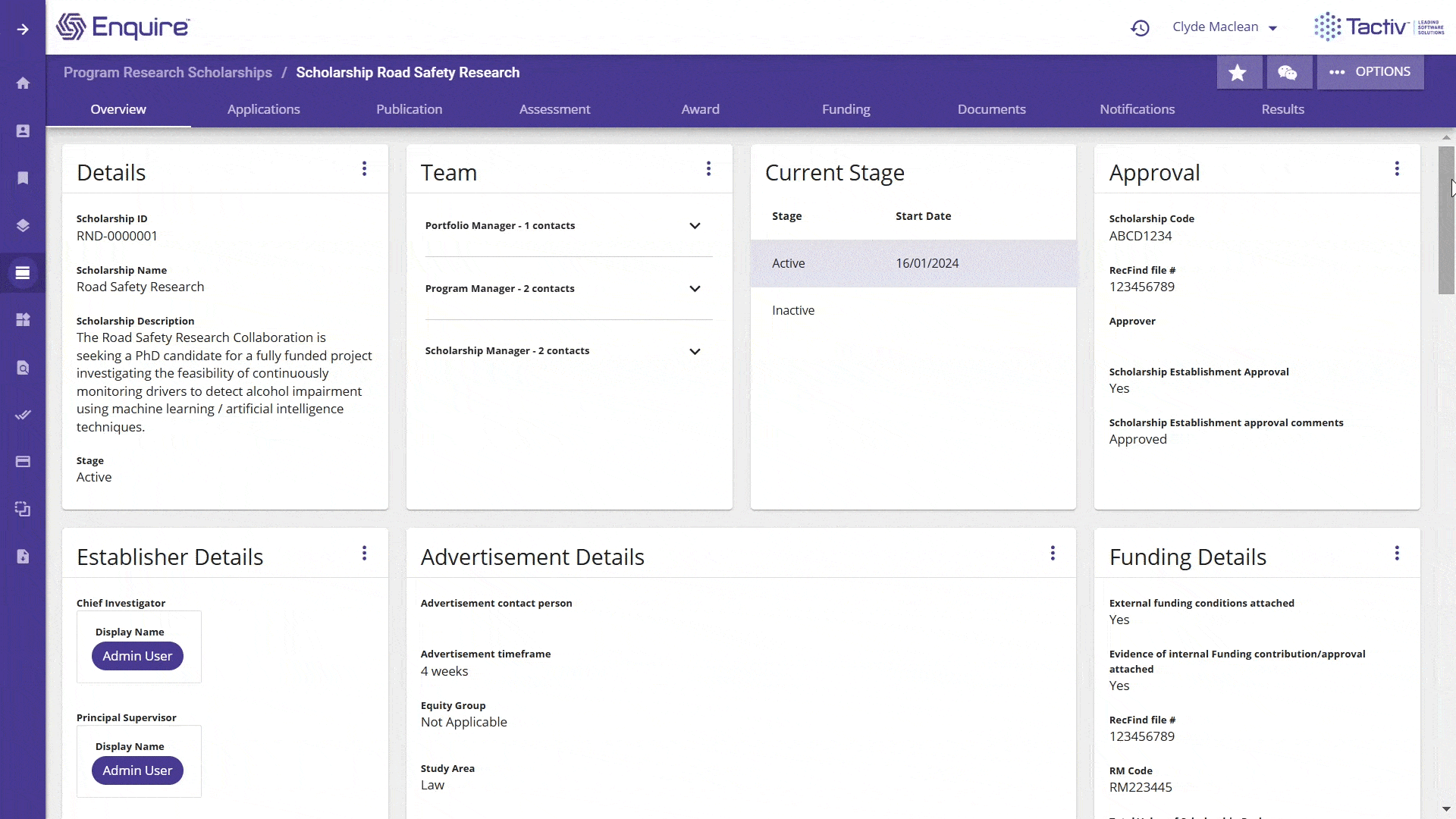

Simplify funding allocation and compliance
With scholarship software, you can see your budget and spending clearly while ensuring fair and transparent funding decisions at every step.
The right scholarship management software will allow you to customise eligibility criteria and assessment frameworks that will eventually guide your team toward consistent, equitable evaluations. Such systems automatically track allocations and let reviewers add contextual comments against specific application fields, creating a clear decision trail that’s always audit-ready.
With them, every decision, document, and discussion is logged and easily retrievable, turning what used to be hours of careful checking into a streamlined, transparent process that your whole team can trust.
Automate payment processing and performance tracking
Scholarship tracking software transforms your financial processes by integrating directly with your existing systems, turning complex fund distributions into a streamlined process and saving you a lot of time.
These help you create clear payment milestones that can trigger when conditions are met, reducing risk and administrative overhead. Ideally, your application tracking software should come armed with a built-in CRM that keeps every scholar’s journey organised—from contact details to academic records in one central location, turning what used to be weeks of back-and-forth communication into a streamlined process.
With such software, everything is automatically logged and tracked, giving you complete visibility while saving countless hours of manual coordination. This allows you to focus on what matters most—supporting your scholars.
Generate comprehensive reports effortlessly
Reporting shouldn’t be your team’s biggest time drain. Instead of spending hours compiling spreadsheets and creating presentations, scholarship software gives you instant access to the insights stakeholders need.
“We quite often have ad hoc data requests, and being able to pull those ad-hoc reports really, really quickly, filter down, get the data that we need, and provide it within an hour, certainly helps our relationship with our stakeholder.” —Madeline Harding, Scholarship Manager at Busy at Work
Whether you need program impact metrics, fund allocation breakdowns, or custom reports for different stakeholders, the right scholarship software should provide easy access to your data. You can create tailored reports for donors, faculty leadership, or the broader academic community, complete with clear visualisations and real-time data that tell your program’s story.
Scholarship software automatically turns complex data into compelling narratives, so you’ll always have the right information ready for the right audience.
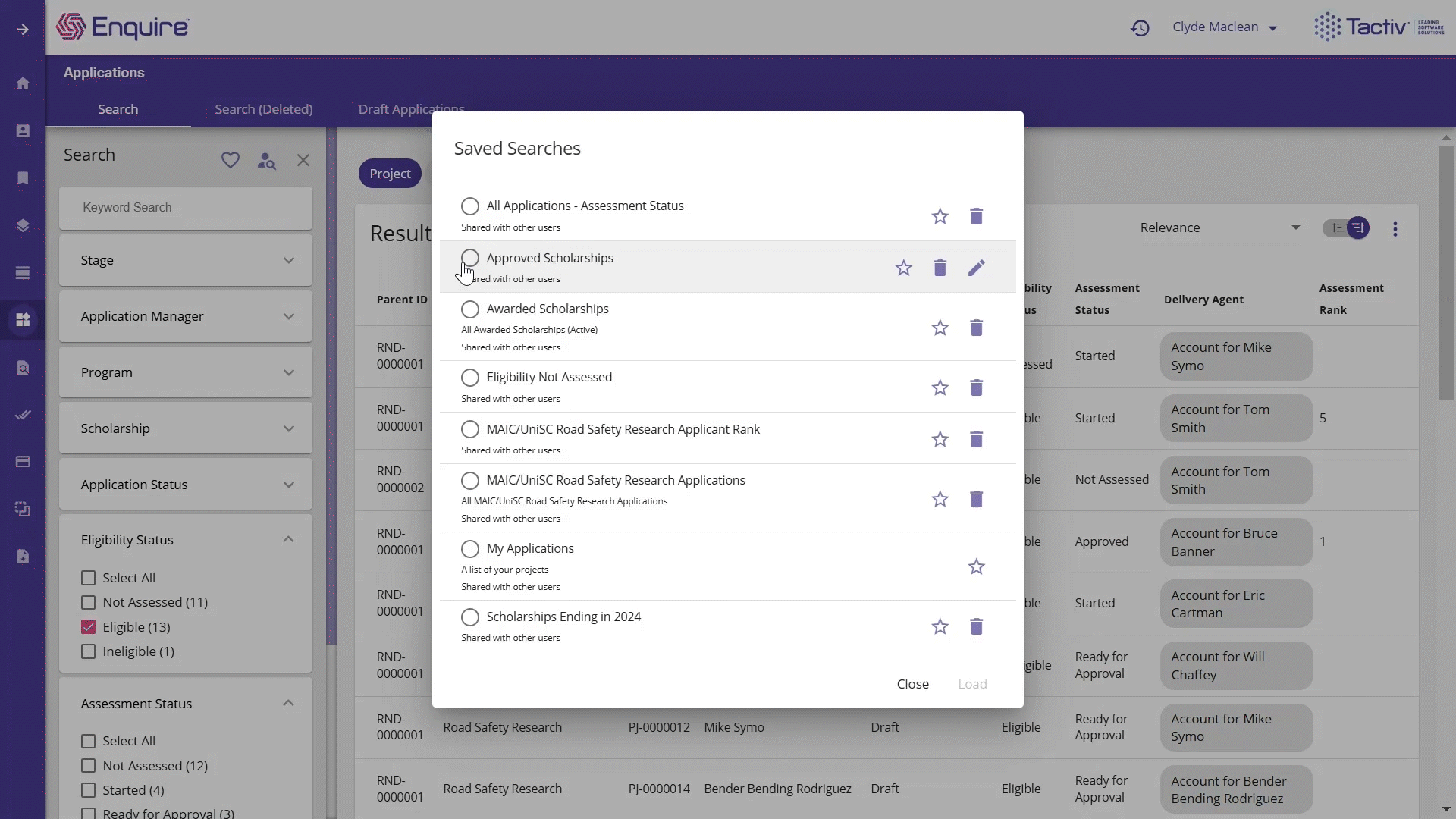

What should organisations consider when evaluating scholarship software?
Now that you’ve read about digital scholarship management and are keen to find the right scholarship tool for your organisation, it’s important to be strategic. After all, the last thing you need is a fancy system that creates more headaches than it solves.
To begin, we advise that you split this into two parts:
Part #1, where you ask yourself some tough questions so that you can narrow down on a solution that focuses on areas with real business value to your organisation.
Part #2 where you look at core features before you make the final decision.
Let’s explore them in detail:
Questions to ask before narrowing down scholarship software
Below are some examples to get started:
- Does the software offer end-to-end automation for application management and tracking?
- Can it integrate seamlessly with our existing systems (e.g., CRM, financial tools)?
- How secure is the platform, and does it comply with data protection regulations?
- Does the software provide real-time dashboards and reporting for stakeholders?
- How customisable is the platform to fit our unique scholarship criteria?
- Is the solution scalable to grow with our scholarship program?
- Does it offer tools to track scholar outcomes and manage alumni relationships?
- How user-friendly is the interface for both administrators and applicants?
- What level of customer support and training does the provider offer?
- Does the solution allow you to create your own forms and processes without the need for heavy customisation or coding?
- What is the return on investment (ROI) we can expect from using this software?
By answering these questions, you’ll be able to have clarity on what suits the needs of your organisation. You can also speak to vendors, compare reviews as well as book a free demo.
Core features to look at when evaluating scholarship software
Application management system: A robust application management system should simplify the creation, publishing, and collection of scholarship applications. It should support features like application templates, custom fields, and automated workflows to streamline the process.
Workflow automation: Look for software that automates repetitive tasks like scholarship application, selection, and management processes saving significant time and reducing human error.
Data centralisation and integration: Ensure the platform consolidates all data into a single source of truth while offering integrations with existing tools like CRMs, e-signature, and accounting software to eliminate data silos.
Real-time reporting: Choose software that provide real-time updates on applications, funding, and scholar progress. Quick and customisable reporting is essential for stakeholder communication.
Compliance and security: Verify that the software adheres to data protection regulations, offers secure data storage, and includes user access controls to safeguard sensitive information.
Scholar outcome tracking: The ability to link funding to tangible outcomes, monitor scholar progress, and manage alumni relationships is vital for long-term program success and reporting.
User-Friendly interface: Both administrators and applicants benefit from an intuitive design. Look for features like drag-and-drop builders for applications and mobile-friendly functionality.
Scalability and customisation: Ensure the software can grow with your program and accommodate custom scholarship criteria, approval workflows, and branding needs.
Customer support and training: Look for a vendor that offers comprehensive onboarding, training resources, and ongoing support to ensure a smooth implementation and user adoption.
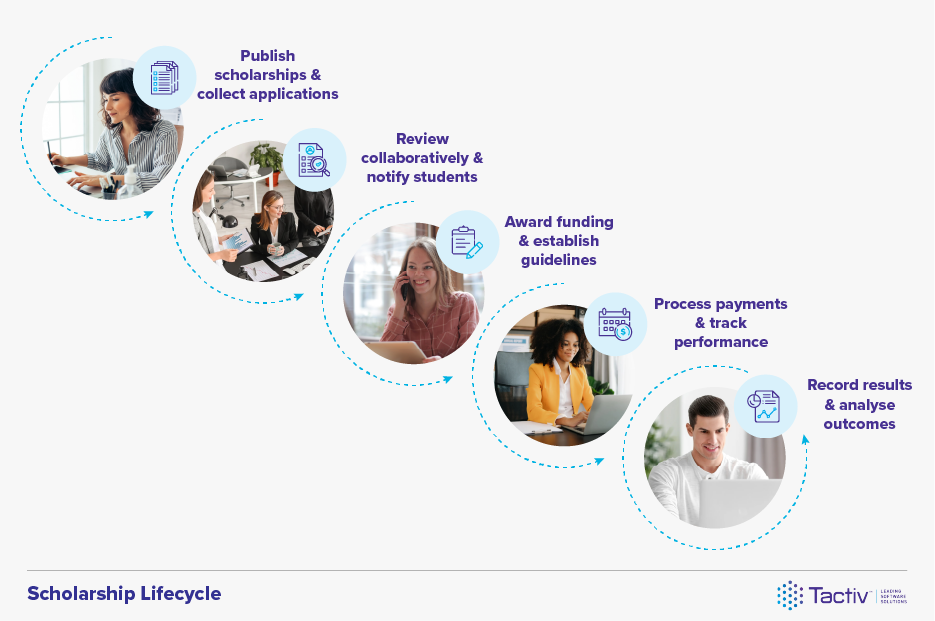

FAQs
How does scholarship software save time compared to manual processes?
Scholarship management software eliminates tedious manual data entry by automating application collection, review workflows, and communication with applicants. Instead of wrestling with spreadsheets and emails, staff can focus on meaningful tasks while the system handles repetitive processes and generates reports in seconds.
Can scholarship software integrate with existing systems?
Modern scholarship software platforms seamlessly connect with student information systems, payment platforms, and other key tools your organisation already uses. This means student data flows automatically between systems, eliminating double data entry and keeping everything in sync.
How secure is scholarship application data in these systems?
Leading scholarship management systems employ enterprise-level security measures and come armed with international standards like ISO27001 to protect sensitive applicant information, including encryption, secure data centers, and strict access controls. Regular security audits and compliance with data privacy standards ensures that personal and financial information stays safe.
Take your next step toward efficient scholarship management
Time is your team’s most valuable resource – and too much of it gets consumed by administrative tasks instead of nurturing scholar success. Tactiv’s scholarship software can help you reclaim those hours and put them where they matter most.
Ready to see what your team could accomplish with more hours in their day? Book a demo with our team and discover how the right tools can transform your scholarship management experience as we walk you through every time-saving feature tailored to your program’s needs.
Alternatively, sign up to our newsletter and keep up to date with the latest trends in scholarship management.


